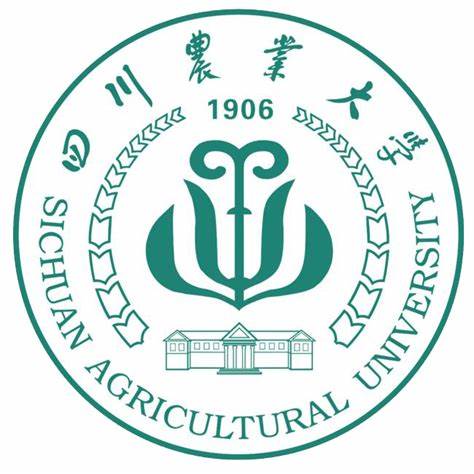Recent natural hybridization in Elymus and Campeiostachys of Triticeae: evidence from morphological, cytological and molecular analyses
作者: 刁圣轩 审稿人:魏育明 时间: 2023-06-08 点击次数:次
Botanical Journal of the Linnean Society, Volume 201, Issue 4, April 2023, Pages 428–442
Dan-Dan Wu,Xiao-Yan Liu,Zheng-Hao Yu,Lu Tan,Jia-Le Lu,Yi-Ran Cheng,Li-Na Sha,Xing Fan,Hou-Yang Kang,Yi Wang,Yong-Hong Zhou,Chang-Bing Zhang,Hai-Qin Zhang
Abstract
Natural hybrids in Triticeae have been frequently reported from the Qinghai–Tibet plateau, but minor variation in morphological features and homoploid hybridization have made it difficult to identify the origin and genome constitution of hybrids betweenElymusandCampeiostachys. Specimens were investigated using morphology, cytogenetics and phylogenetic analyses to uncover the genome constitution and origin of ten putative natural hybrids (SH01-SH10) from the Qinghai–Tibet plateau. SH01, SH02, SH03, SH05 and SH06 (2n = 5x = 35, StStHHY) originated fromCampeiostachys breviaristata(2n = 6x = 42, StStHHYY) andElymus sibiricus(2n = 4x = 28, StStHH); SH04 and SH07 (2n = 5x = 35, StStHHY) originated fromC. nutans(2n = 6x = 42, StStHHYY) andE. sibiricus; SH08 (2n = 5x = 35, StStHHY) originated fromC. dahuricavar.tangutorum(2n = 6x = 42, StStHHYY) andE. sibiricus; and SH09 and SH10 (2n = 4x = 28, StStHH) were the homoploid hybrids ofE. sibiricusand an unknownElymussp. (2n = 4x = 28, StStHH). Karyotype variations in SH04 and SH07 might originate from the maternal progenitor. Frequent hybridization in the Qinghai–Tibet plateau might result from factors such as genome constitution, pollination habits, overlapping flowering stage, sympatric distribution and unique ecological conditions.


